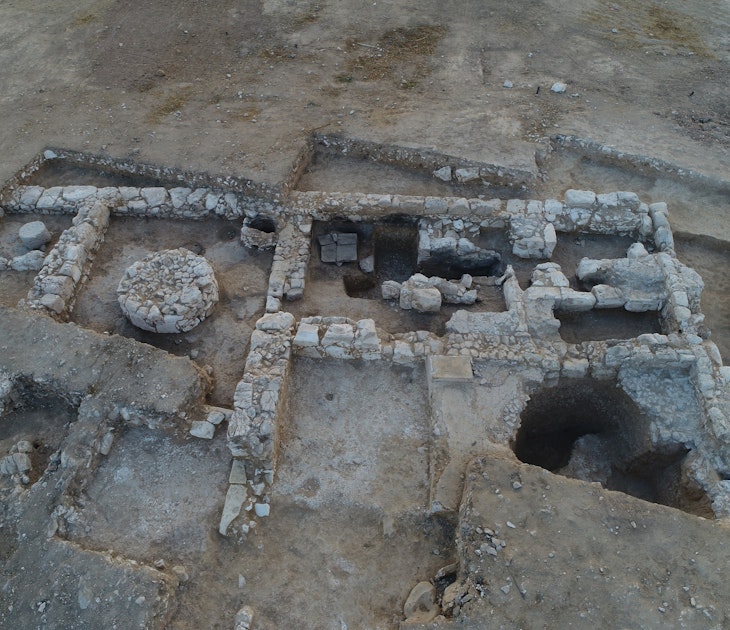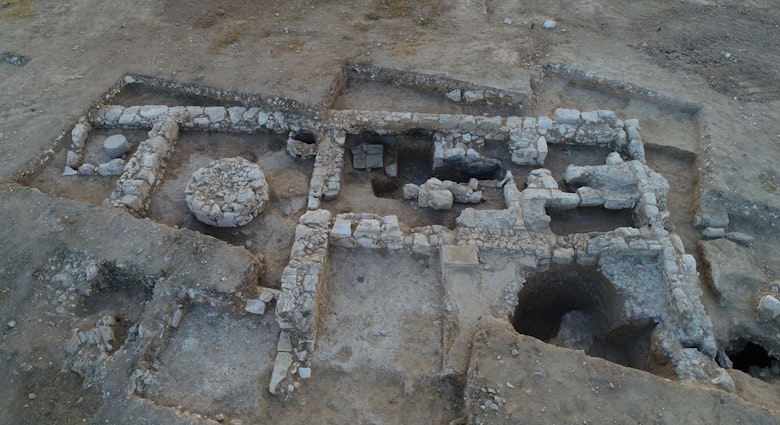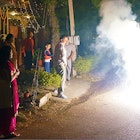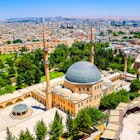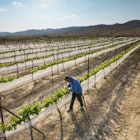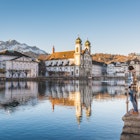Covering more than half of Israel, the Negev desert is a vast, diverse landscape that’s far from empty. Scattered across the colourful plains, mountains and valleys, a growing number of farms, guesthouses and outdoor activities allow visitors to get better acquainted with the land and people of the desert.
From cheese-tasting to sandboarding, to walking among ancient ruins, plenty of places allow travellers to stop and indulge in the wonders of this arid landscape.

Stargaze and savour the awe of the desert at the Ramon Crater
When night falls, the skies just outside the desert town of Mitzpe Ramon are some of the best in the world for seeing the night sky because of its remote location. Make your way to the edge of the Ramon Crater, also known as Israel’s Grand Canyon, and you will be enveloped in a sea of stars. Thanks to low humidity, high altitude and little artificial light, the clear sky sparkles with stars almost every night of the year. To learn more about the heavens or peer at them through telescopes, Ira Machefsky is one of the area’s most popular intergalactic guides. For Machefsky, a retired high-tech professional and an amateur astronomer for more than 50 years, giving visitors a tour of the stars is a dream come true. As the sun does during the day, the blanket of stars at night make you acutely aware of the Negev’s vast size and extreme natural environment.
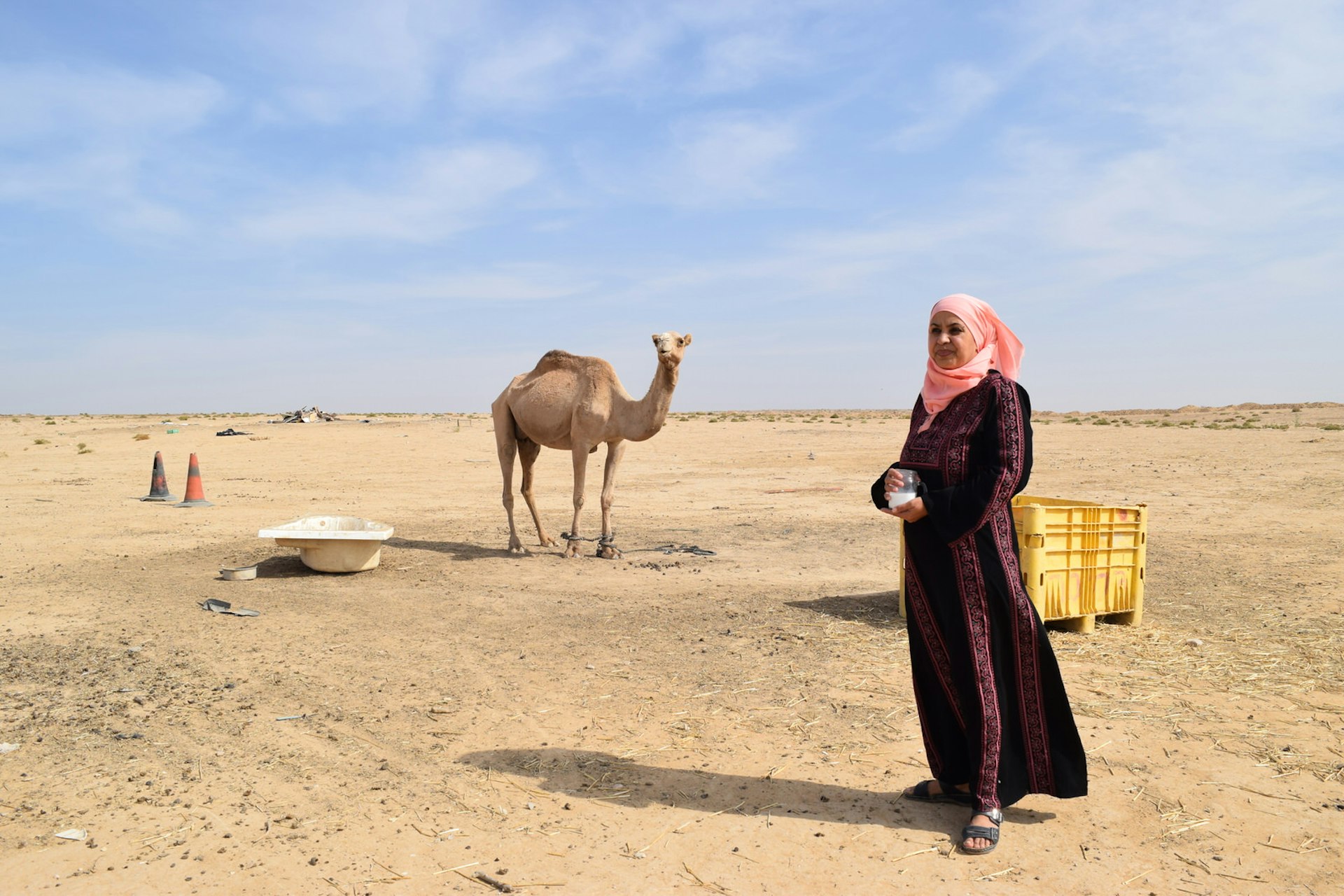
Capture the essence of the Negev at Desert Daughter
Inside a simple metal building off a bumpy dirt road are tables covered with handmade soaps and glass jars of body lotion. These beauty products are made from local desert herbs and camel milk, which generations of Bedouin have relied on for their healing properties, explains Mariam Abu Rkeek, founder of Desert Daughter. In addition to selling these products, Desert Daughter’s visitor centre, whose floors are covered in colourful carpets, offers soap- and lotion-making workshops, as well as pita-baking classes. Visit in the morning to be treated to a typical Bedouin breakfast, which covers a wooden table in a spread of freshly baked pita, goat yoghurts and cheeses, along with olive oil and vegetables.
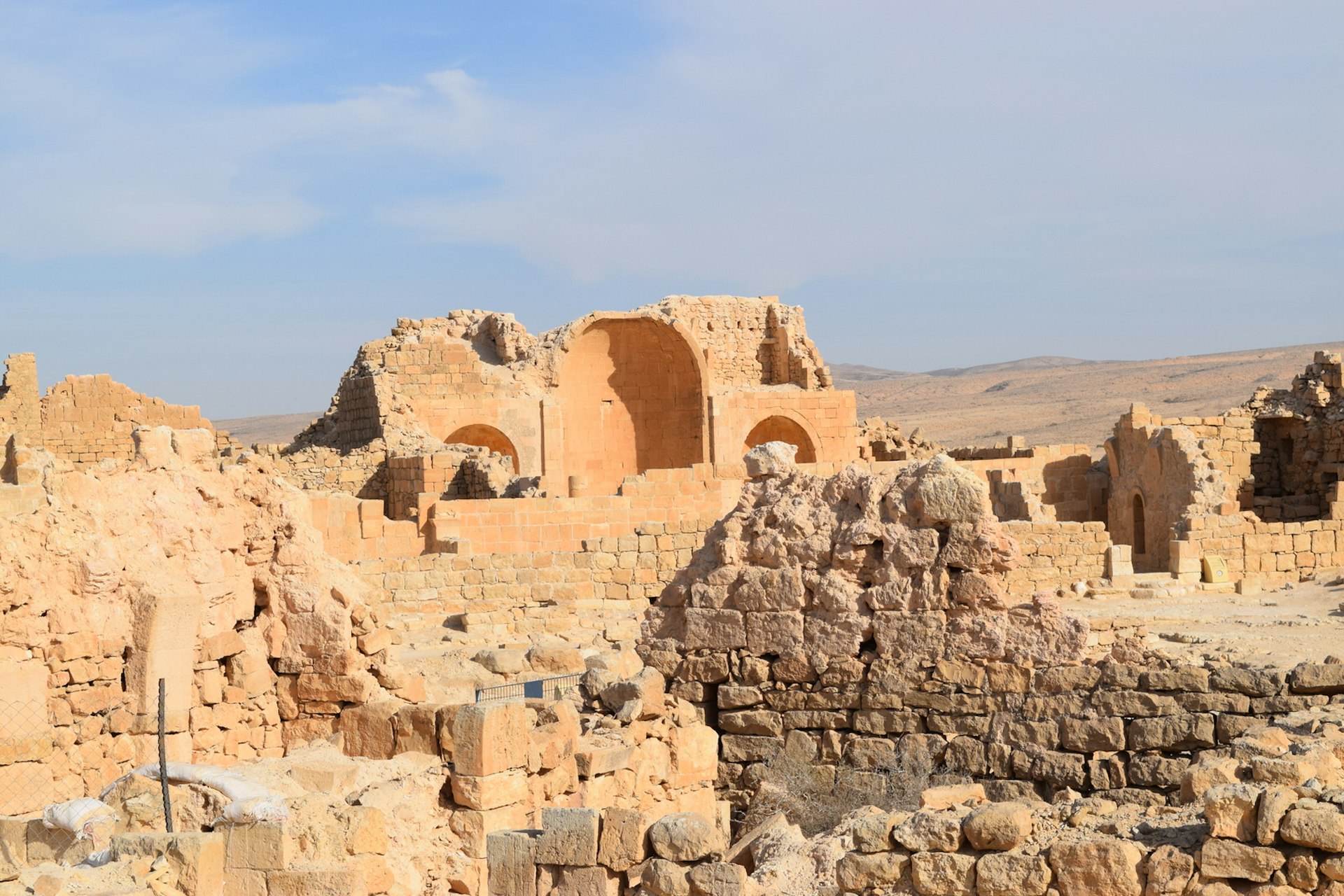
Step into the past in the desert’s ancient villages
The ruins of the village of Shivta rising on the desert horizon are just as unexpected today as they were more than a century ago when the first foreign explorers traversed the Negev. In Shivta National Park, visitors can walk among the shells of church naves and a mosque, and down alleyways lined with stone houses and water-collection pools. It is quite amazing to realise that this was a thriving place so long ago, despite the harsh weather conditions and isolated location. In addition to being a Unesco-protected national park, Shivta, along with the nearby villages of Avdat and Nitzana, continues to be a working archaeology site, where scholars are trying to find out why the once-flourishing area was abandoned in the 7th century. Shivta also stands out for its Shivta Farm guesthouse, in the restored stone residence that the American archaeologist Harris D Colt built in the 1930s to live in while he explored the site. On its patio, colourful hammocks and a rustic wooden table welcomes visitors who want to stop in for a home-cooked meal or cold drink.
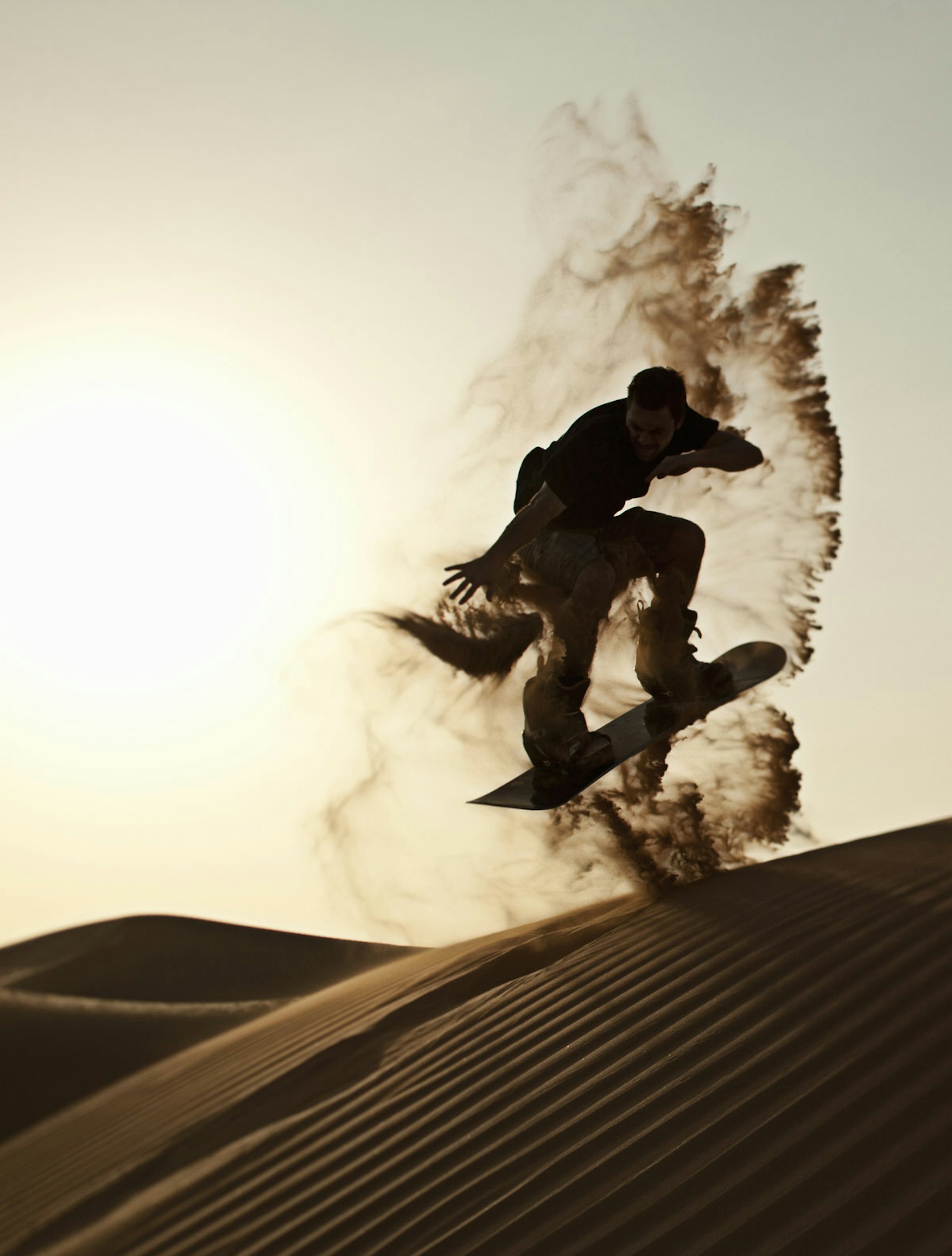
Feel the thrill of the Negev while sandboarding
In between where the ruins of Shivta and Nitzana emerge from of the desert sits the perfect place to surf the sand dunes. Just off Road 211, two ridges, created by winds carrying sand from the Sahara, tower over the small outpost of Dror BaMidbar, one of three outfits offering sandboarding in this area. The tall dune stands at about 35m in the winter but shrinks by 10m or so in the summer when the winds are weaker and carry less sand. Anyone can make their way up the dunes clutching a brightly coloured sandboard and then slide down on their belly, backside or standing up, solo or tandem. While the ride down is fun and thrilling, climbing back up reminds you of how difficult it can be to travel across this terrain as so many ancient explorers and Bedouin have over the years: your feet sink into the sand, the wind blows grains in your mouth and the sun is relentless. In addition to sandboarding, visitors can learn to build sand sculptures, enjoy falafel served out of a truck or just sit in the shade, enjoying the desert views.

Get in touch with the land on a desert family farm
One of the most surprising things about the Negev is the number of farms and vineyards here. Despite sandy soil and low yearly rainfalls, dedicated farmers manage to grow olives and grapes, and raise herds of sheep and goats. Relying on drip irrigation and fertilising the soil with the skins and seeds of olive and grapes, the Kashkash family of the Carmei Har HaNegev Farm, welcomes visitors to tour their fields and olive oil factory. Farmer Yossi Kashkash points out ruins of stone buildings on his property and explains how they belonged to the ancient Nabataean and Byzantine communities, who successfully grew grapes and olives here more than 1500 years ago. The farm also has an olive oil factory and a tasting room where visitors can dip small pieces of bread into different varieties of locally made oil.
Further up Route 40, the Nahimov family also offers tours of its Naot Farm, spread out among rolling brown hills that overlook the Beer-Hail creek, which rushes with water after the occasional winter rain. Walk among enclosures of baby goats and their milk-producing mothers, and hear the farm’s cheesemakers talk about the dozens of varieties they sell in the farm’s shop, where wooden tables overflow with samples of salty feta, sticky halloumi and aged French-style Tomme cheeses. If you want to spend the night, the Naot Farm just opened a guesthouse built from huge concrete tubes that once served as part of the national water pipe infrastructure.
Make the most of your travel with sightseeing tours and activities from our trusted partners.
https://shop.lonelyplanet.com/products/israel-and-the-palestinian-territories-travel-guide-9

